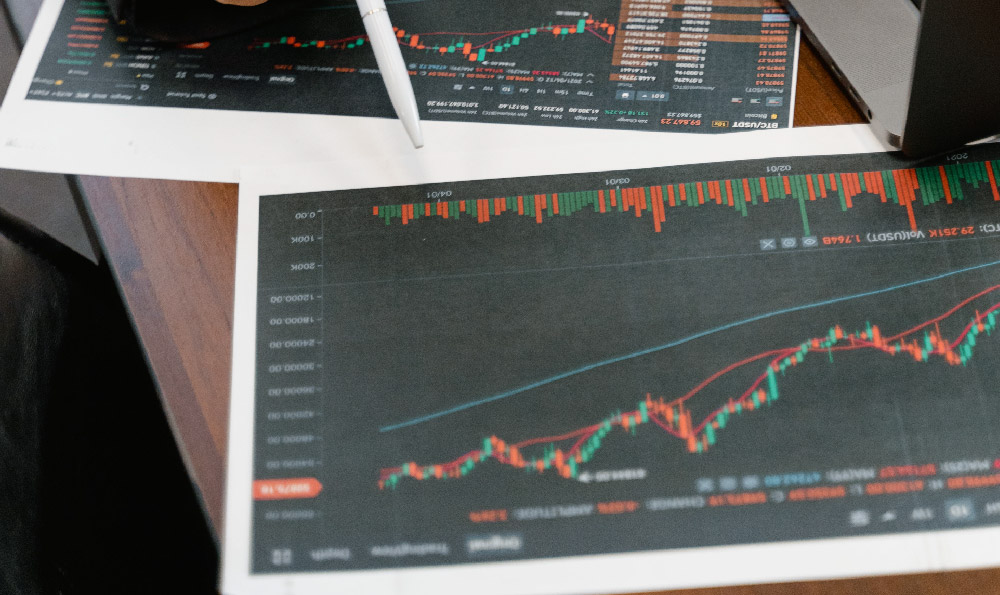How Much Can Models Earn? What Factors Affect Model Salaries?

The allure of the modeling industry is often painted with images of glamour, fame, and, of course, substantial wealth. While some reach the pinnacle of supermodel status, earning millions gracing magazine covers and walking runways for high-end designers, the reality for most models is far more nuanced. Determining exactly "how much models can earn" is a complex equation, influenced by a myriad of factors that stretch far beyond mere physical appearance.
The range of potential earnings is vast, spanning from earning a few dollars an hour for local promotional work to securing multi-million dollar contracts. This immense disparity highlights the critical point that "model salary" isn't a fixed figure, but rather a fluid value constantly shaped by market demand, experience, and the specific niche within the industry.
One of the most significant drivers is the type of modeling being pursued. High fashion, often associated with runway and editorial work, operates on a different economic scale than commercial modeling, which encompasses everything from advertising campaigns to catalog shoots. High fashion models, particularly those working for established designers and brands, can command significant fees, but the competition is fierce, and the path to consistent work is often arduous. Commercial models, on the other hand, may find more readily available opportunities but typically receive lower compensation per job. Within commercial modeling itself, further distinctions exist. For example, fitness models, plus-size models, and mature models often cater to specialized markets and may command premiums due to their unique appeal.

Experience is another crucial factor impacting earning potential. A newly signed model with limited experience will naturally earn less than a seasoned professional with a proven track record. Building a strong portfolio through test shoots and smaller, unpaid projects is often necessary to gain exposure and attract paying clients. Over time, as a model accumulates experience, builds relationships with photographers and clients, and develops a reputation for professionalism and reliability, their earning power increases significantly. Bookings become more frequent, and negotiation leverage strengthens.
The agency representing the model plays a pivotal role in securing opportunities and negotiating fair compensation. Reputable agencies have established networks with brands, magazines, and casting directors, providing access to a wider range of potential jobs. They also advocate for their models' interests, ensuring that they receive appropriate payment and that their rights are protected. Models signed with prominent agencies in major fashion capitals, such as New York, Paris, Milan, and London, generally have access to higher-paying jobs and greater exposure, but competition within these markets is also incredibly intense.
Location is undeniably a key determinant of earnings. Models working in major fashion hubs or regions with a thriving advertising industry tend to earn more due to the higher volume of available work and the concentration of potential clients. Living and working in these areas also often comes with higher living expenses, but the potential for increased earnings often outweighs the financial burden. Models in smaller markets may face limited opportunities and lower pay rates, requiring them to travel frequently or relocate to larger cities to advance their careers.
Beyond these fundamental factors, several other elements can influence a model's salary. Exclusivity agreements, where a model agrees to work exclusively for a particular brand or designer, can significantly boost earnings, but also restrict other opportunities. The demand for a model's specific look, skillset, or target demographic can also affect their market value. A model who embodies a current trend or caters to a niche market may find themselves in high demand, leading to increased booking rates. Furthermore, social media influence has emerged as a powerful tool for models to build their brand and attract clients. Models with large, engaged followings can leverage their online presence to negotiate higher fees and secure lucrative endorsement deals.
However, it's essential to approach the modeling industry with a healthy dose of realism. Scams and exploitative practices are prevalent, particularly targeting aspiring models who are eager to break into the industry. Unscrupulous agencies or individuals may demand upfront fees for portfolio development, training, or representation, promising guaranteed work that never materializes. Models must be vigilant, research agencies thoroughly, and consult with experienced professionals before committing to any agreements or parting with their money.
Finally, understanding the costs associated with being a model is crucial for managing finances effectively. Expenses such as portfolio updates, test shoots, travel, accommodation, and agency commissions can significantly impact a model's net earnings. Careful budgeting and financial planning are essential for long-term success in the industry.
In conclusion, quantifying a model's potential earnings is an intricate process influenced by a complex interplay of factors. While the dream of immense wealth may be attainable for a select few, most models navigate a landscape of fluctuating opportunities and varying compensation. By understanding the dynamics of the industry, building a strong portfolio, securing reputable representation, and managing their finances prudently, models can increase their earning potential and build sustainable careers. The glamour might be real, but so is the hard work.















